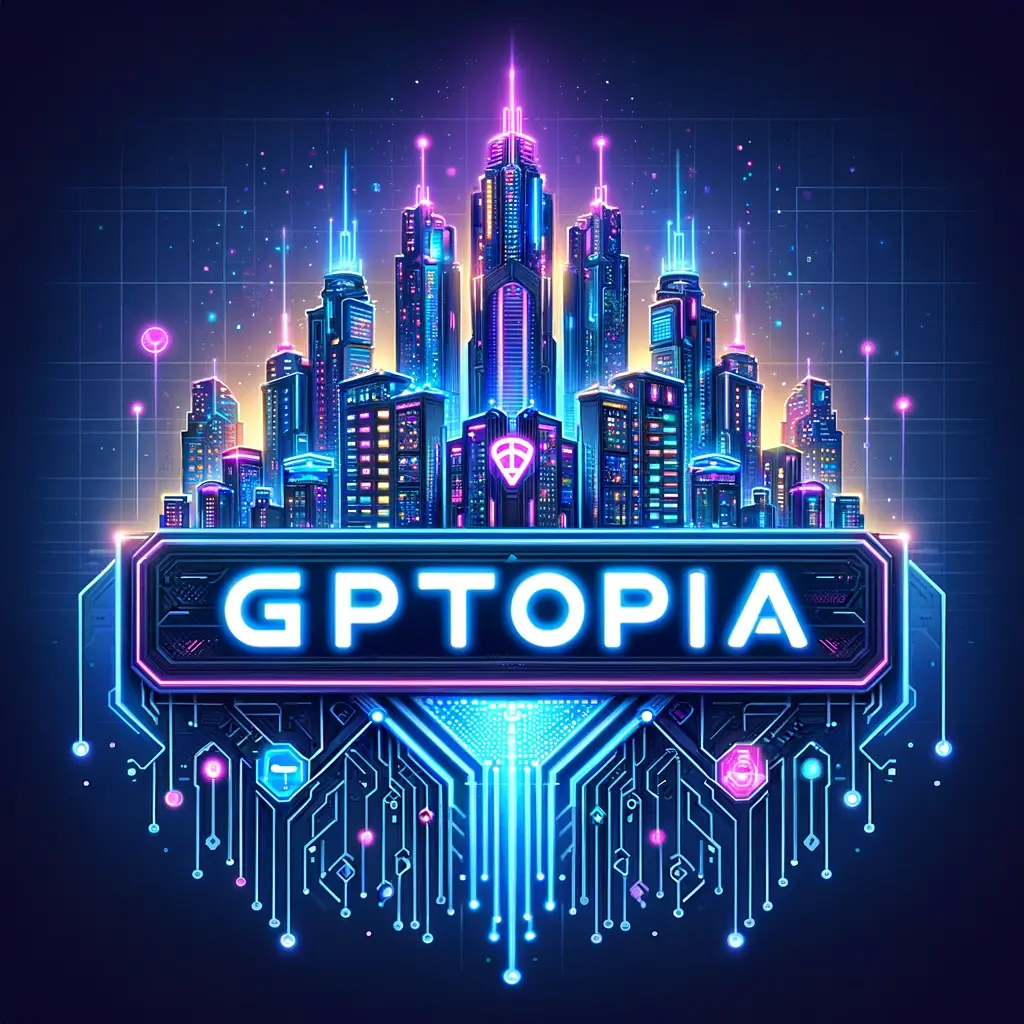complete article index can be found at
https://ideabrella.com/papers/articles
Vision-Powered AI: ZEN 💡
·
The Perception-Thought-Action Cycle: Vision-Powered AI in Real and Virtual Worlds
Artificial intelligence (AI) systems are becoming increasingly integrated into both real-world environments and virtual realities.
Central to this integration is the Perception-Thought-Action (PTA) Cycle—a feedback loop in which AI agents perceive their surroundings, reason about their observations, and take actions to achieve specific objectives.
In scenarios where perception is driven by cameras, sensors, or virtual reality inputs, AI becomes a powerful tool for navigating and interacting with complex environments.
This article examines the PTA cycle through the lens of vision-powered AI, its real-world and VR applications, and its transformative potential.
Understanding the Vision-Driven Perception-Thought-Action Cycle
Perception: Vision as the AI’s Sensory Input
In vision-powered AI systems, perception involves:
Visual Data Capture: Utilizing cameras, LiDAR, and depth sensors to collect images and spatial data.
Object Recognition: Identifying objects, landmarks, and dynamic elements within the environment.
Context Awareness: Interpreting visual cues to understand spatial relationships, motions, and potential obstacles.
Thought: Reasoning with Visual Insights
Once data is perceived, AI systems process it to:
Analyze Situations: Understanding visual data to assess risks, opportunities, and key elements.
Plan Actions: Generating strategies based on visual context, such as navigation paths or task sequences.
Predict Outcomes: Anticipating the effects of actions based on current visual information.
Action: Executing Vision-Informed Decisions
Actions in vision-driven AI systems are guided by visual feedback and include:
Physical Interaction: Using robotic limbs or mobile platforms to manipulate objects or navigate spaces.
Tool Integration: Leveraging external devices or APIs to implement decisions in real-world or virtual environments.
Adaptive Adjustments: Refining actions dynamically based on updated visual inputs.
Real-World Applications of Vision-Powered PTA Cycles
Autonomous Robotics
Industrial Automation: Robots equipped with cameras and sensors perform tasks like assembly, inspection, and material handling.
Healthcare Assistance: Vision-powered robots assist in surgeries, patient care, and rehabilitation exercises.
Self-Navigating Systems
Drones: AI-driven UAVs use real-time visual data for mapping, obstacle avoidance, and delivery operations.
Self-Driving Cars: Vision systems perceive road conditions, traffic signals, and pedestrian movements to navigate safely.
Surveillance and Security
Real-Time Monitoring: AI processes visual feeds from cameras to detect anomalies, intrusions, or suspicious activities.
Crowd Management: Vision-powered systems analyze crowd behavior in public spaces for safety and efficiency.
Virtual Reality and the PTA Cycle
Immersive Experiences
Intelligent NPCs (Non-Player Characters): AI agents in VR use perception to understand player actions and thought to respond adaptively.
Environmental Interactions: Vision-based AI enables dynamic changes in virtual worlds based on user behaviors.
Training and Simulation
Military and Emergency Response: VR simulations powered by AI create realistic scenarios for training purposes.
Medical Training: AI-driven virtual environments allow healthcare professionals to practice procedures in safe, controlled spaces.
Creative Applications
Virtual Collaboration: AI agents enhance VR meetings by analyzing interactions and providing contextual assistance.
Game Development: Vision-powered AI generates adaptive gameplay based on player behaviors and choices.
Challenges in Vision-Driven AI Systems
Processing Complexity
Data Volume: Managing and analyzing vast amounts of visual data in real time.
Computational Load: Balancing processing requirements with hardware limitations.
Ethical and Privacy Concerns
Surveillance Ethics: Ensuring responsible use of vision-powered AI in public and private spaces.
Data Security: Protecting sensitive visual data from unauthorized access or misuse.
Robustness and Reliability
Dynamic Environments: Adapting to rapidly changing scenarios without errors.
Sensor Dependence: Ensuring functionality even with partial or degraded visual inputs.
Future Directions for Vision-Powered PTA Cycles
Integration with Augmented Reality (AR)
Enhanced Interfaces: Combining AR with vision-powered AI to create intuitive tools for professionals.
Smart Navigation: Guiding users through complex environments with real-time visual overlays.
Multi-Sensor Fusion
Holistic Perception: Combining visual data with other sensory inputs, such as sound or touch, for richer understanding.
Improved Accuracy: Using complementary data sources to reduce errors and enhance decision-making.
AI on Edge Devices
Local Processing: Deploying vision-powered AI on edge devices for faster, real-time feedback.
Scalable Systems: Reducing dependency on centralized systems for autonomous operations.
Collaboration in Mixed Environments
Human-AI Partnerships: Enhancing teamwork between humans and vision-powered AI in shared tasks.
Adaptive Workflows: Creating flexible systems that respond dynamically to human input and environmental changes.
Conclusion
The Perception-Thought-Action Cycle is at the heart of vision-powered AI systems, driving their ability to perceive, reason, and act in real and virtual worlds.
As cameras, sensors, and advanced processing techniques become more integrated, AI systems will continue to revolutionize industries from robotics to VR.
By harnessing the power of vision within the PTA framework, we can create intelligent agents capable of understanding and transforming the environments they inhabit, bridging the gap between artificial and human intelligence.









